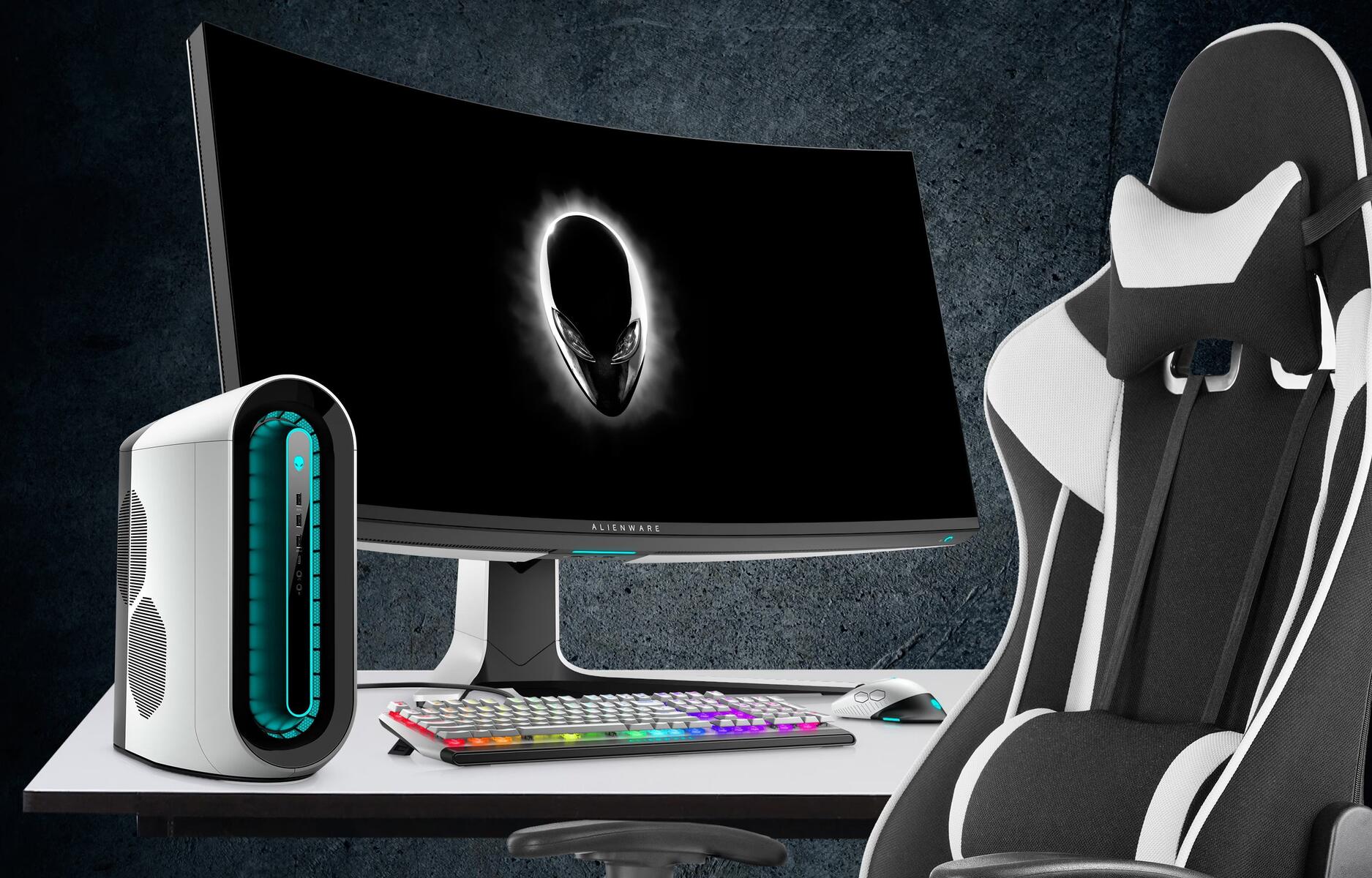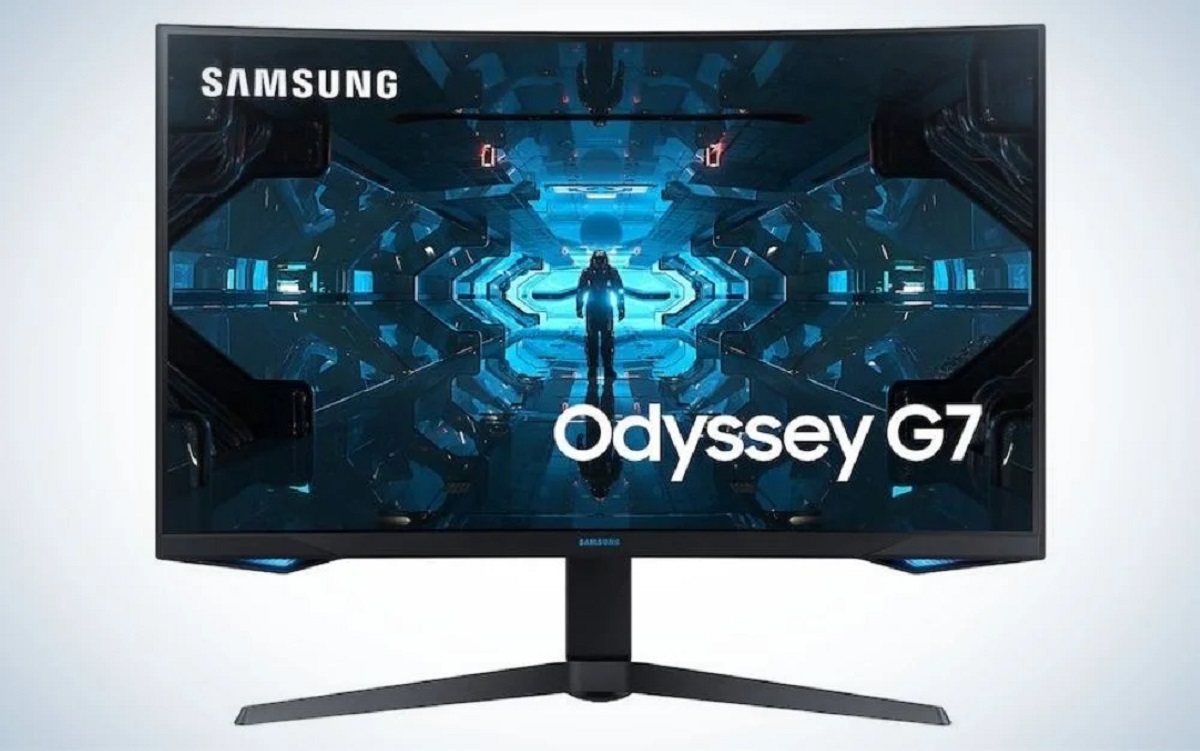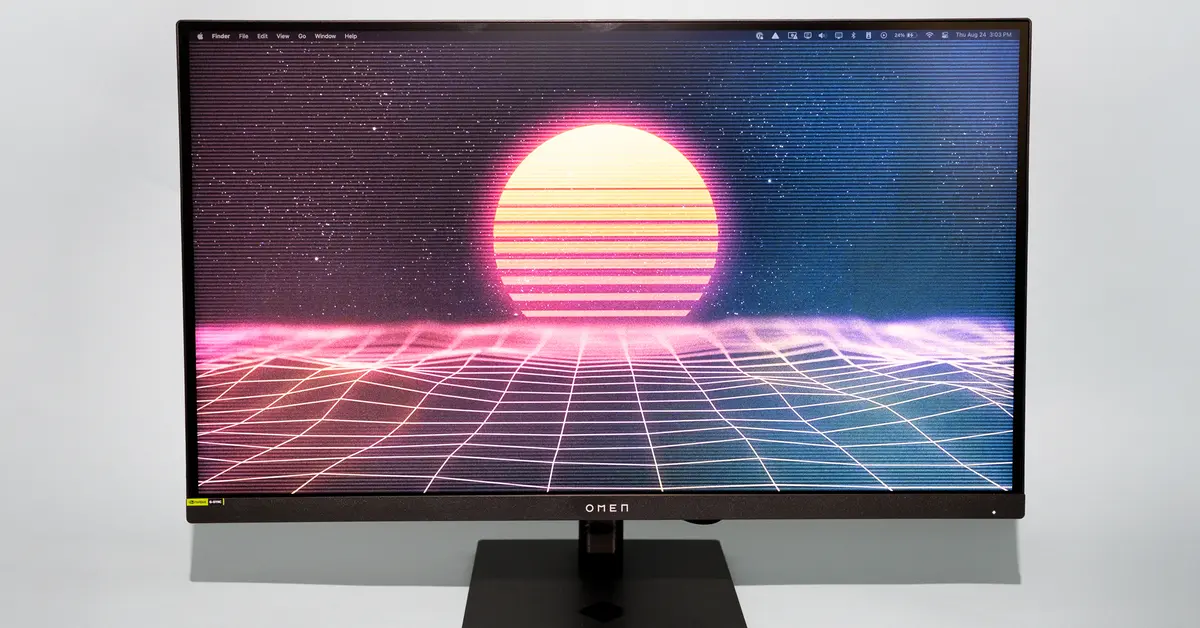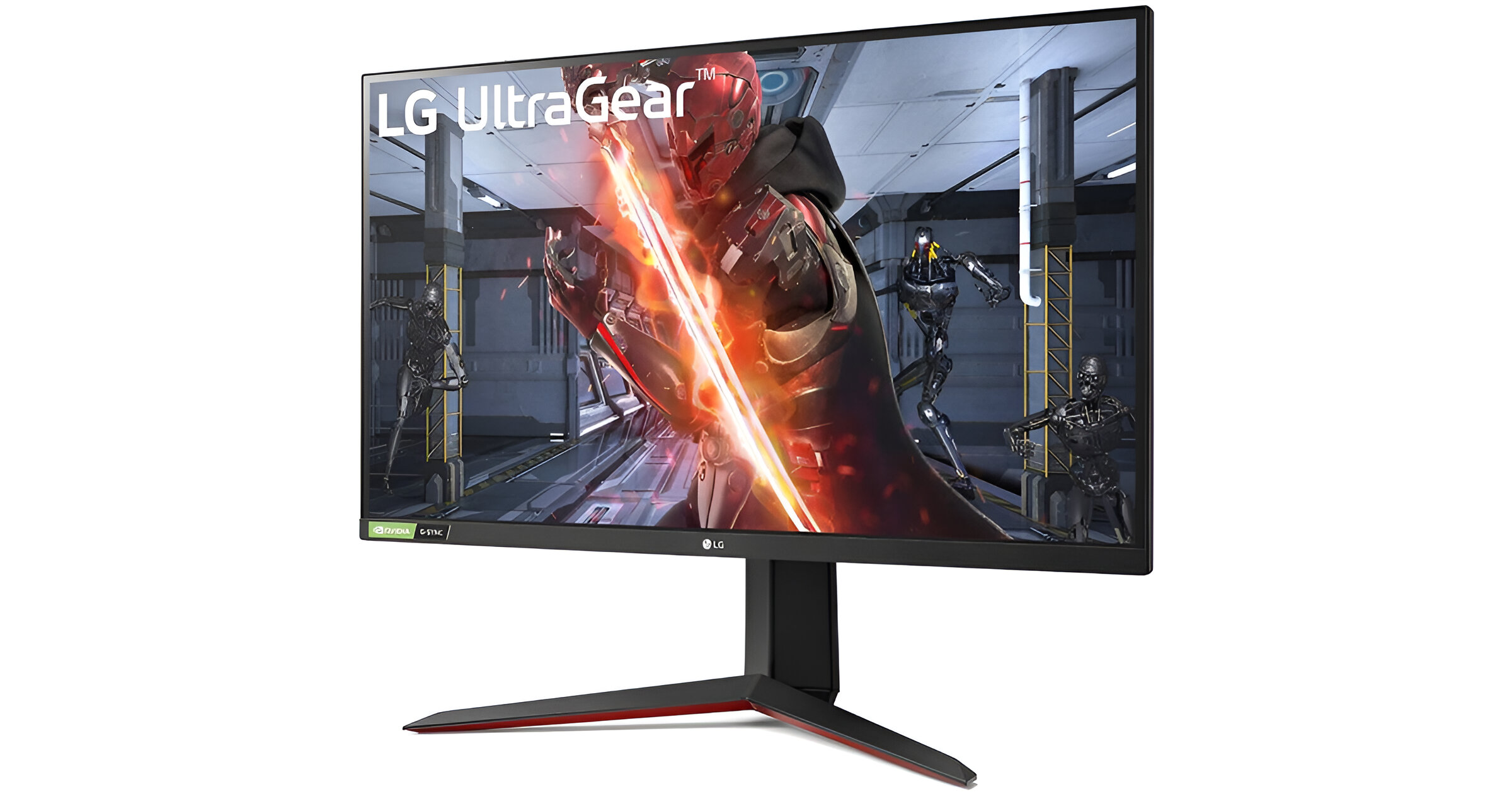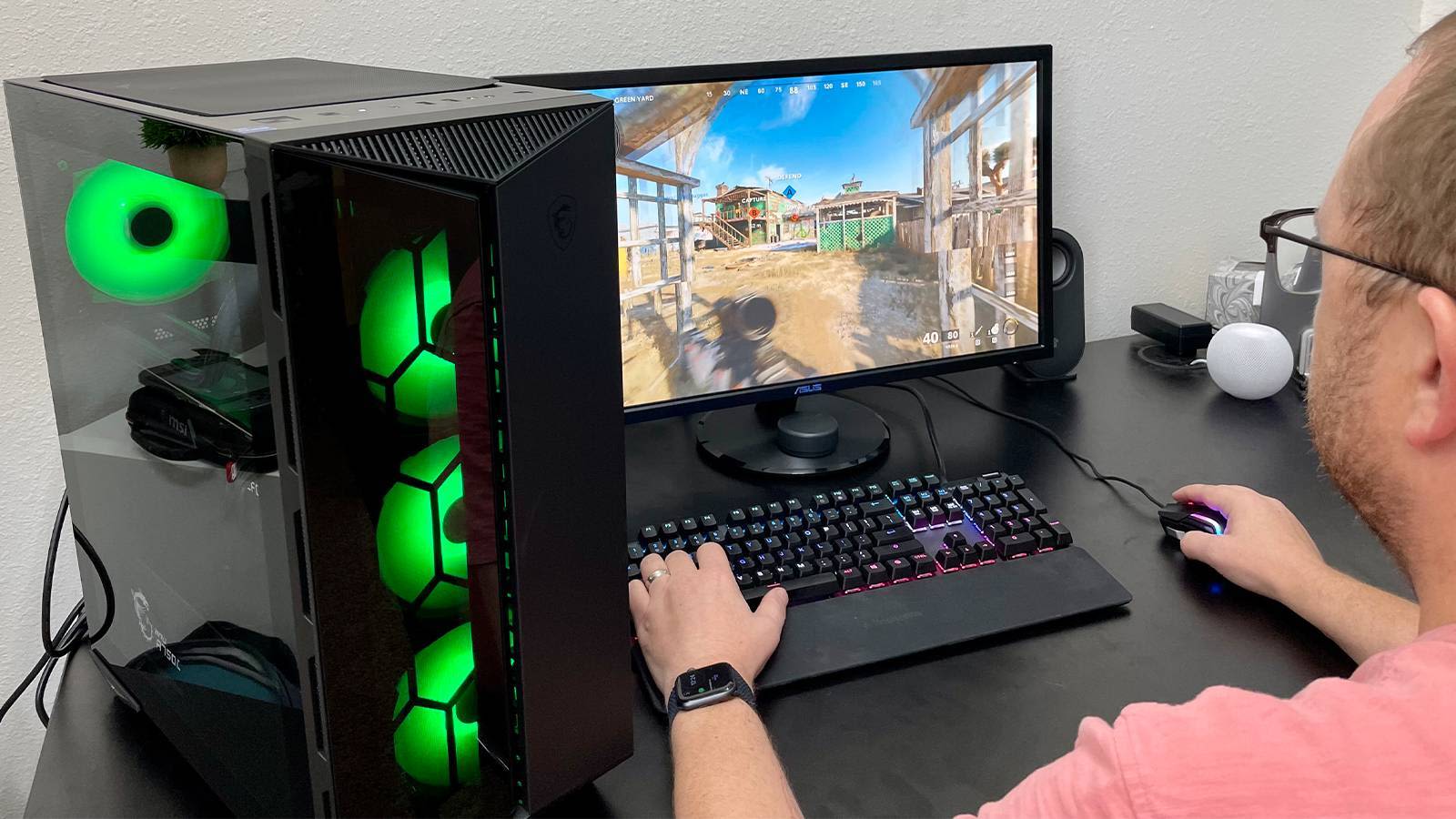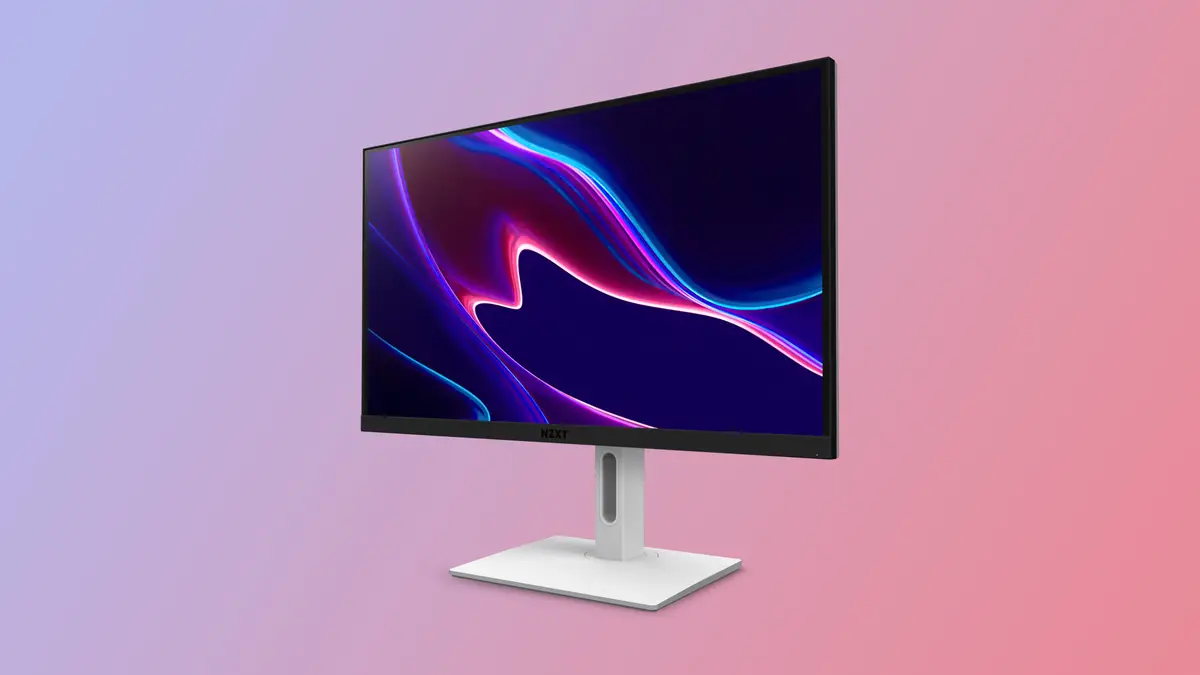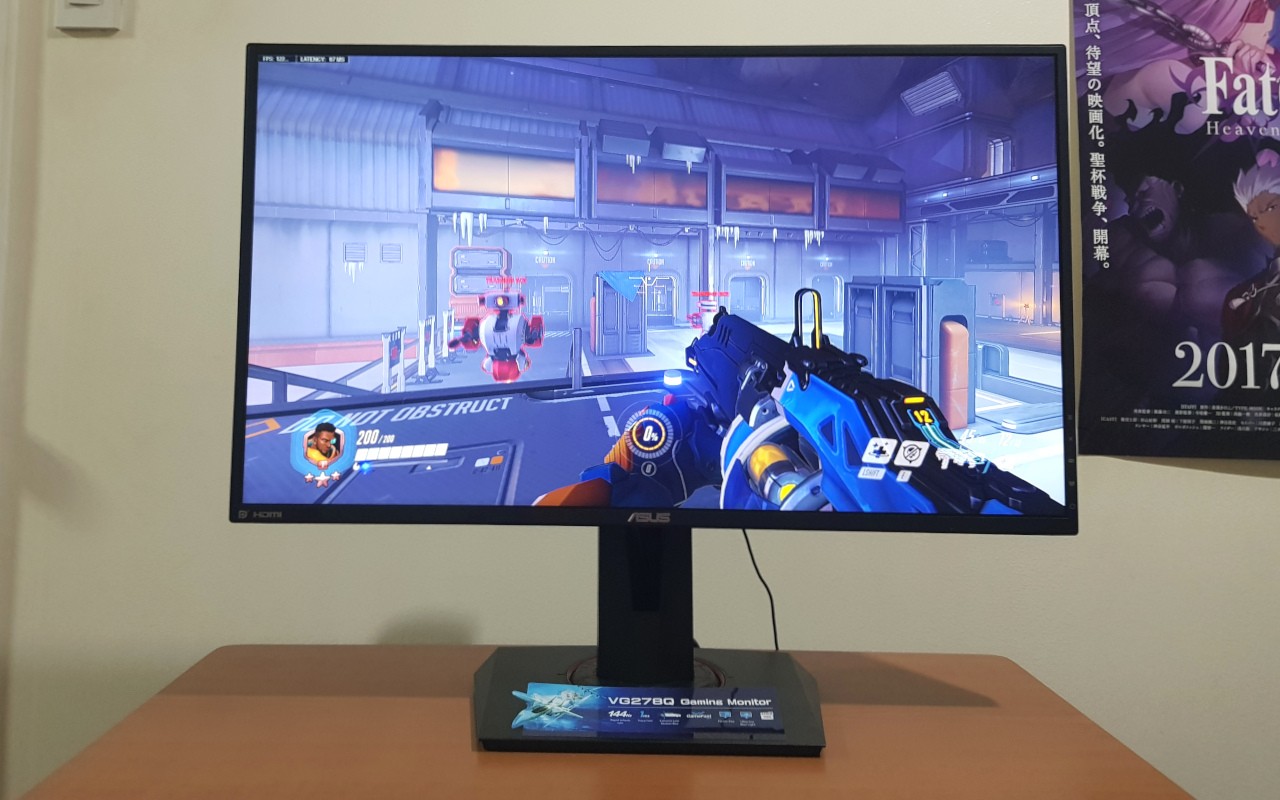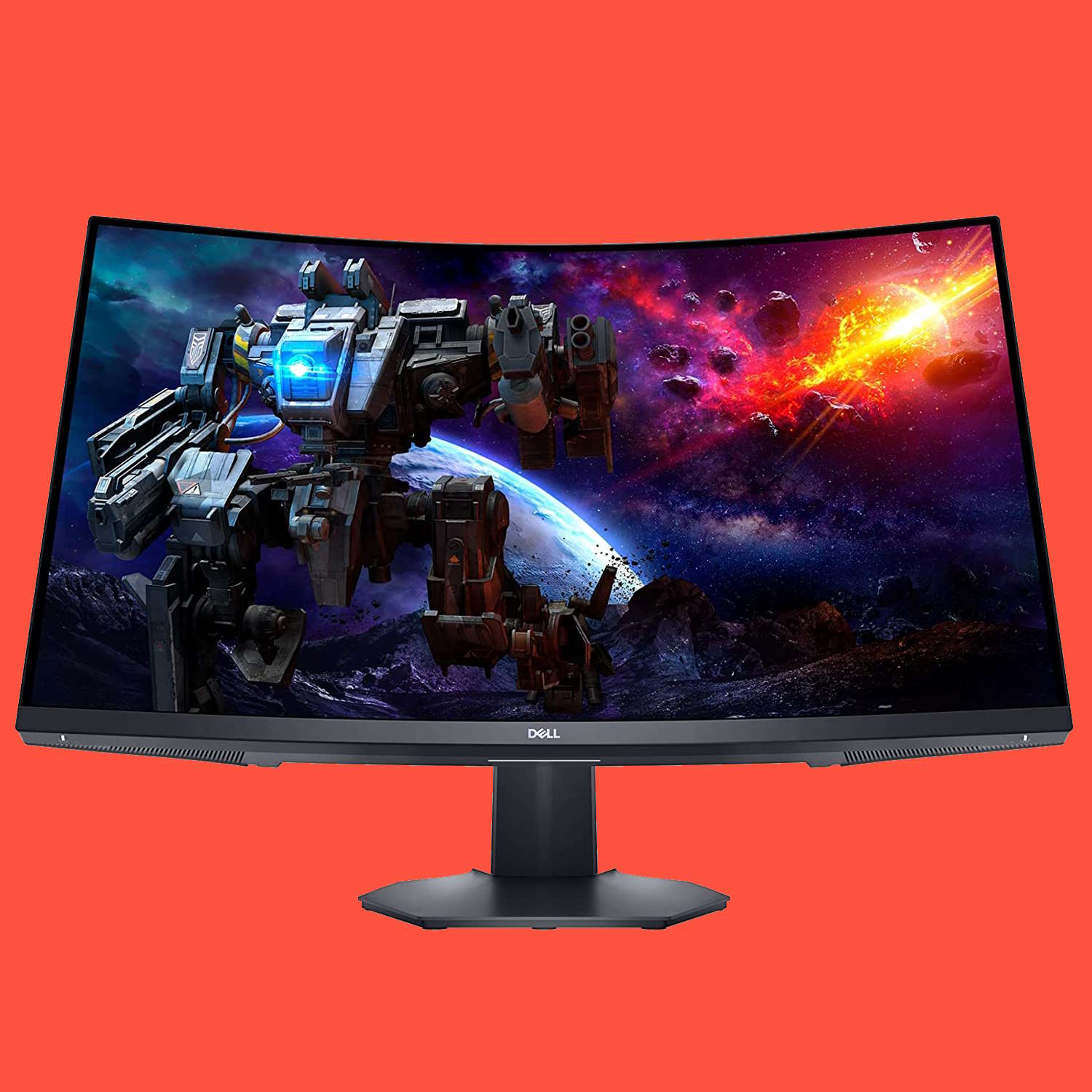Introduction
Welcome to the world of gaming monitors, where every millisecond count and every frame matters. If you’re a dedicated gamer, you’ve probably heard of the term “image retention” at some point. Image retention refers to a temporary ghosting or lingering effect of previously displayed images on the screen. It is a visual artifact that can distract gamers and impact their overall gaming experience.
Image retention is particularly relevant for gamers using 144Hz gaming monitors, which offer faster refresh rates and smoother gameplay. As technology advances, gaming monitors strive to provide the optimal visual experience, but image retention can still occur despite these improvements. Understanding the duration of image retention and how to minimize or remove it is crucial for every gamer.
In this article, we will explore the concept of image retention on a 144Hz gaming monitor. We will discuss the causes of image retention, its typical duration, and the factors that influence it. Additionally, we will provide some helpful tips and techniques to minimize image retention and ensure an optimal gaming experience. So, let’s dive in and shed some light on the fascinating world of image retention on 144Hz gaming monitors.
What is Image Retention?
Image retention, also known as “ghosting” or “afterimage,” refers to the temporary persistence of previously displayed images on the screen of a gaming monitor. It occurs when certain areas of the screen retain a faint trace of the previous image, even after it has been replaced. This lingering effect can be bothersome and can hinder the overall gaming experience.
Image retention is more common in technologies such as LCD and OLED displays, compared to older CRT monitors. This is because LCD and OLED displays rely on pixel refresh rates and image persistence, which can sometimes lead to the persistence of previous images.
The persistence of images on a gaming monitor can be attributed to the slow decay of phosphors in the pixels, response time issues, or other technical limitations. When a gaming monitor displays a high-contrast image for an extended period, the phosphors responsible for producing that image tend to decay more slowly, causing the afterimage effect.
It’s important to note that image retention is different from screen burn-in. Screen burn-in refers to a permanent or semi-permanent damage to the display caused by prolonged exposure to static images, whereas image retention is generally temporary and can be resolved with proper techniques.
Now that we have a basic understanding of what image retention is, let’s move on to exploring the causes of image retention on a 144Hz gaming monitor.
What Causes Image Retention on a 144Hz Gaming Monitor?
There are several factors that can contribute to image retention on a 144Hz gaming monitor. Understanding these causes can help gamers take proactive measures to minimize or prevent the occurrence of image retention. Let’s explore some of the common causes:
1. High Pixel Persistence: The persistence of pixels in LCD and OLED displays can lead to image retention. When a gaming monitor with a high refresh rate, like a 144Hz monitor, displays an image for an extended period, the pixels responsible for displaying that image can retain a faint trace of it, leading to image retention.
2. Slow Pixel Response Time: Another factor that can contribute to image retention is the slow response time of pixels. If the pixels take longer to transition from one color to another, it can result in a temporary ghosting effect, where the previous image lingers on the screen.
3. Static Image Display: Displaying static images for prolonged periods can increase the likelihood of image retention. This can happen when a gamer leaves a game paused or displays a static overlay, such as a minimap or health bar, for a significant amount of time. The static elements can leave behind a residual afterimage.
4. Aging Phosphors: The phosphors in the pixels of a gaming monitor can deteriorate over time, leading to longer persistence and a greater chance of image retention. This is more common in older monitors or monitors that have been heavily used over a prolonged period.
5. High Brightness Levels: Excessive brightness settings can also contribute to image retention. When the brightness of a gaming monitor is set too high, it can increase the persistence of the pixels and result in a lingering afterimage effect.
Now that we understand the causes of image retention on a 144Hz gaming monitor, let’s delve into the next section to discover how long image retention typically lasts and the factors that can influence its duration.
How Long Does Image Retention Typically Last on a 144Hz Gaming Monitor?
The duration of image retention on a 144Hz gaming monitor can vary depending on several factors. While image retention is generally temporary, the exact duration can be influenced by factors such as display technology, image content, and usage patterns. Typically, image retention on a 144Hz gaming monitor lasts for a few seconds to a few minutes before fading away on its own.
One important factor that affects the duration of image retention is the display technology used in the gaming monitor. LCD and OLED displays may behave differently when it comes to image persistence and how long the afterimage effect lasts. OLED displays, for example, have faster pixel response times and generally exhibit less noticeable image retention than LCD displays.
The content displayed on the screen also plays a role in the duration of image retention. High-contrast, static images displayed for an extended period are more likely to leave a lingering afterimage. If you frequently play games with static elements or display static overlays, the chance of image retention may be slightly higher.
Moreover, the usage patterns of the gaming monitor can influence the persistence of image retention. If you regularly use your 144Hz gaming monitor for long gaming sessions or keep the same image displayed for extended periods, it may increase the likelihood and duration of image retention.
It’s worth noting that image retention on a 144Hz gaming monitor is generally a temporary phenomenon and will fade away on its own with normal usage. Most modern gaming monitors incorporate features such as pixel shifting or screen refresh techniques that can help mitigate and reduce the occurrence of image retention.
In the next section, we will discuss the factors that can influence the duration of image retention on a 144Hz gaming monitor and provide some tips to minimize its occurrence.
Factors That Influence the Duration of Image Retention
Several factors can influence the duration of image retention on a 144Hz gaming monitor. While image retention is generally a temporary phenomenon, understanding these factors can help gamers take necessary precautions and minimize its occurrence. Let’s explore some of the key factors:
1. Display Technology: The type of display technology used in the gaming monitor can have a significant impact on image retention. LCD and OLED displays, for example, exhibit different levels of persistence and response times. OLED displays typically have faster pixel response times, resulting in shorter durations of image retention compared to LCD displays.
2. Image Content: The specific content displayed on the screen can influence the duration of image retention. High-contrast, static images have a higher chance of leaving a noticeable afterimage that may persist for a longer time. On the other hand, dynamic and constantly changing content is less likely to cause image retention.
3. Display Settings: The brightness and contrast settings of the gaming monitor can also affect image retention. Higher brightness levels can increase the persistence of the pixels and lead to longer durations of image retention. Adjusting the display settings to optimal levels can help minimize the occurrence and duration of image retention.
4. Usage Patterns: How the gaming monitor is used can impact the duration of image retention. If the monitor is frequently used for long gaming sessions or with static overlays displayed for extended periods, it can increase the likelihood and duration of image retention. Varying the content and avoiding prolonged static images can help reduce image retention.
5. Monitor Age and Quality: The age and quality of the gaming monitor can also play a role in image retention. Older monitors or monitors with lower-quality panels may be more susceptible to image retention due to inferior pixel response times or aging phosphors. Upgrading to a newer and higher-quality 144Hz gaming monitor can potentially help reduce image retention.
By considering these factors and adopting good habits, gamers can minimize the occurrence and duration of image retention on their 144Hz gaming monitors. In the next section, we will provide some practical tips to help reduce image retention and maintain optimal display performance.
Tips to Minimize Image Retention on a 144Hz Gaming Monitor
While image retention is a common occurrence on 144Hz gaming monitors, there are several tips and techniques that can help minimize its occurrence and reduce its impact on your gaming experience. By following these strategies, you can maintain a crisp and ghost-free display. Here are some helpful tips to consider:
1. Take Regular Breaks: One of the easiest and most effective ways to prevent image retention is to take regular breaks from gaming. Staring at a screen for long periods can increase the chances of image retention. Take breaks every 1-2 hours and allow your gaming monitor to refresh its display.
2. Enable Pixel Shifting: Many gaming monitors offer a pixel shifting or screen refresh feature. This feature automatically shifts the entire screen slightly in different directions to prevent image retention. Enable this feature in your monitor’s settings to help minimize image retention.
3. Adjust Brightness and Contrast: Optimize the brightness and contrast settings of your gaming monitor to avoid excessive levels that can contribute to image retention. Find a balance that provides good visibility without overstraining the pixels.
4. Use Screensavers: When taking breaks or stepping away from your gaming monitor, consider enabling screensavers that display moving images or patterns. This helps prevent static images from being displayed for extended periods and thus reduces the chances of image retention.
5. Avoid Static Overlays: If possible, minimize the use of static overlays such as health bars, minimaps, or scoreboards, as they can contribute to image retention. If you do use them, try to periodically hide or toggle them off to allow the entire screen to refresh.
6. Vary Content: Avoid displaying the same static image or high-contrast content for prolonged periods. Vary the content on your screen to distribute the workload across different pixels, reducing the risk of persistent afterimages.
7. Upgrade to a Newer Monitor: If you’re using an older gaming monitor that is prone to image retention, consider upgrading to a newer model with better display technology and faster pixel response times. Newer monitors are designed to minimize image retention and provide a better gaming experience.
By implementing these tips, you can significantly reduce the occurrence of image retention and enjoy a smooth and uninterrupted gaming experience on your 144Hz gaming monitor.
How to Remove Image Retention on a 144Hz Gaming Monitor
If you notice image retention on your 144Hz gaming monitor, there are several methods you can try to remove it and restore a clear and ghost-free display. Here are some effective techniques to help remove image retention:
1. Display a Neutral Image: One of the simplest ways to remove image retention is by displaying a neutral or all-white image on your gaming monitor. This helps to “reset” the pixels and reduce the persistence of the previous images. Leave the neutral image displayed for a few minutes to allow the pixels to refresh.
2. Use a Screen Burn-In Tool: There are specialized screen burn-in tools available that can help remove image retention. These tools display color patterns and sequences that are designed to counteract the afterimage effect. Follow the instructions provided with the tool to effectively remove the image retention from your gaming monitor.
3. Utilize Pixel Refresh Techniques: Some gaming monitors have built-in pixel refresh features. These features automatically run pixel rejuvenation processes that help mitigate image retention. Check your monitor’s manual or settings to see if such a feature is available and activate it to remove the retained image.
4. Power Off the Monitor: Powering off the gaming monitor completely for a while can also help dissipate image retention. Leave the monitor switched off for several hours or overnight to allow the phosphors to settle and refresh. When you turn it back on, the image retention should be significantly reduced or completely gone.
5. Try Screen Massage: Screen massage is a technique where you gently rub the affected area of the gaming monitor with a soft cloth. This method aims to encourage pixel activity and vibration, helping to dislodge any persistent image retention. Be careful not to apply excessive pressure or use abrasive materials that could damage the monitor.
Remember that image retention is usually a temporary phenomenon and can be resolved with proper techniques. However, in some rare cases, persistent or severe image retention may require professional assistance. If you have tried the above methods and the image retention persists, it’s recommended to contact the manufacturer or seek professional help for further guidance.
By using these techniques, you can effectively remove image retention from your 144Hz gaming monitor and restore a clear and pristine display for your gaming enjoyment.
Conclusion
Image retention is a common occurrence on 144Hz gaming monitors, but understanding its causes and implementing effective strategies can greatly minimize its impact on your gaming experience. Image retention is typically a temporary phenomenon, lasting anywhere from a few seconds to a few minutes. Factors such as display technology, image content, display settings, usage patterns, and monitor age and quality can influence the duration and severity of image retention.
To minimize image retention on a 144Hz gaming monitor, it’s important to take regular breaks, enable pixel shifting or screen refresh features, adjust brightness and contrast settings, use screensavers, avoid static overlays, vary the content displayed, and consider upgrading to a newer monitor with better display technology. Additionally, removing image retention can be achieved by displaying neutral images, using screen burn-in tools, utilizing pixel refresh techniques, powering off the monitor, or trying a screen massage.
Remember to refer to your monitor’s manual or consult with the manufacturer if you encounter persistent or severe image retention that cannot be resolved through these methods.
By implementing these tips and techniques, you can maintain a crisp and ghost-free display on your 144Hz gaming monitor, ensuring an optimal gaming experience. Embrace the world of immersive gaming without the distraction of image retention, and enjoy a seamless and visually captivating journey into the gaming realm.







